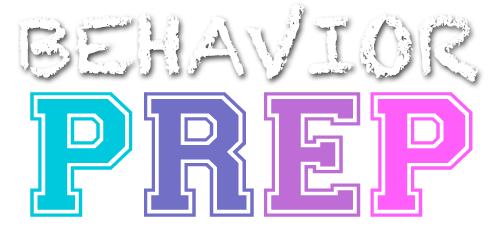I.2 Identify and apply strategies for establishing effective supervisory relationships (e.g., executing supervisor-supervisee contracts, establishing clear expectations, giving and accepting feedback).
Effective supervisory relationships are essential for promoting professional growth, ensuring high-quality services, and supporting ethical and effective behavior-analytic practices. These relationships require clear communication, mutual respect, and a shared commitment to the goals of supervision. Supervisors must employ strategies to establish and maintain these relationships, including implementing supervisor-supervisee contracts, setting clear expectations, and using effective feedback practices.
Strategies for Establishing Effective Supervision
Execute Supervisor-Supervisee Contracts
- A formal contract outlines the roles, responsibilities, and expectations for both the supervisor and supervisee.
- The contract ensures both parties understand the purpose of supervision, the goals to be achieved, and the logistics (e.g., frequency of meetings, evaluation procedures).
Example: A BCBA creates a contract for an RBT in supervision. The contract includes expectations for session attendance, data collection, ethical practices, and how feedback will be provided. Both parties sign the document, indicating their agreement to the terms.
Establish Clear Expectations
- Supervisors should clearly define performance goals, responsibilities, and expectations for communication and professionalism.
- Clear expectations reduce ambiguity, making it easier for supervisees to meet supervisory and job requirements.
Example: During the initial supervision meeting, the BCBA outlines the supervisee’s responsibility to collect daily behavior data, complete session notes within 24 hours, and attend weekly supervision meetings prepared with questions and updates.
Give and Accept Feedback
- Feedback should be specific, constructive, and delivered to promote growth rather than defensiveness.
- Supervisors should model openness by encouraging supervisees to provide feedback about the supervisory process.
Example: A supervisor observes a supervisee implementing a task analysis. They provide immediate feedback, stating, “I noticed you reinforced the client after every two steps rather than every completed step as outlined in the plan. Let’s practice the correct reinforcement schedule together to ensure consistency.”
Foster Open Communication and Rapport
- Supervisors should actively listen, encourage supervisees to share concerns, and create a supportive environment.
- Building rapport involves showing empathy, being approachable, and celebrating successes.
Example: A BCBA schedules one-on-one check-ins to discuss the supervisee’s performance and professional goals and challenges, creating a trusting relationship.
Establishing effective supervisory relationships is essential for fostering professional growth, improving service quality, and supporting the ethical implementation of behavior-analytic practices. By executing contracts, setting clear expectations, providing constructive feedback, and fostering open communication, supervisors can create a supportive and productive environment for supervisees. These strategies ultimately benefit both the supervisee and the clients they serve
